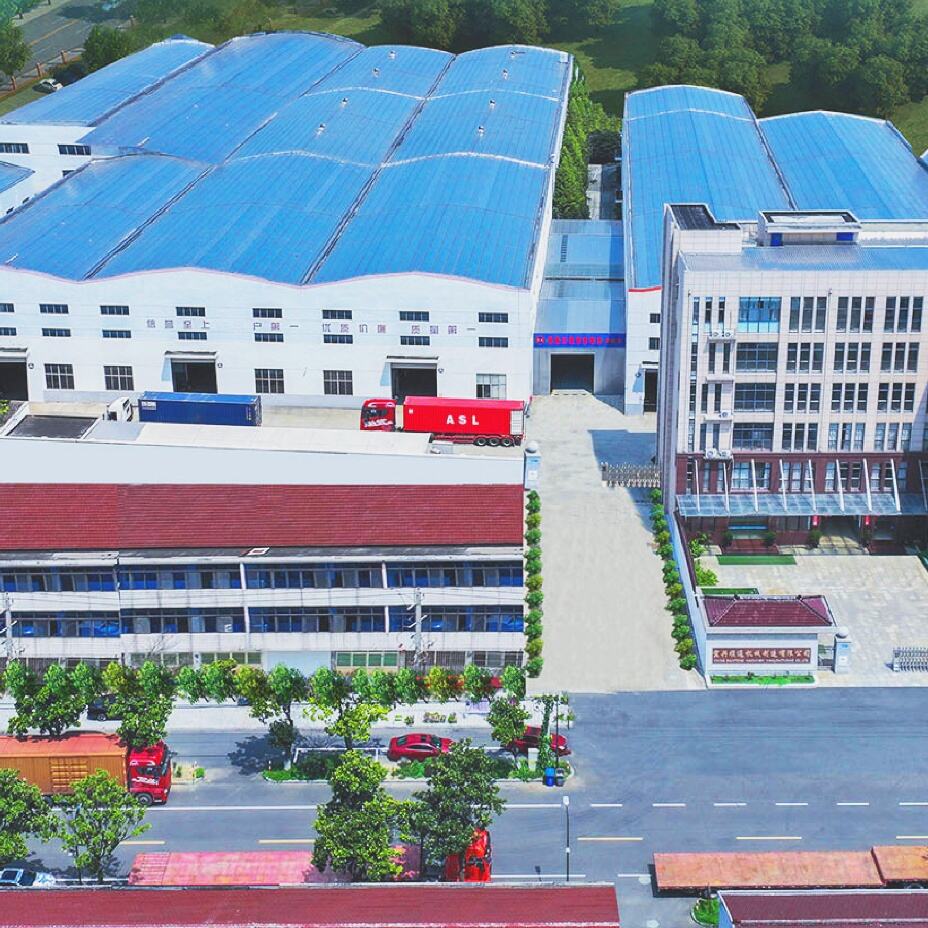Artificial Turf Machines: The Core Driver of Efficiency, Quality, and Sustainability in Turf Installation
Artificial turf machines redefine efficiency in turf installation, addressing the industry’s long-standing pain points of slow turnaround and high labor costs. For large-scale projects—such as professional soccer fields or municipal parks—manual installation can take 4–6 weeks with 10+ workers; by contrast, advanced turf laying machines cut 工期 by 60–70%, completing the same work in 1–2 weeks with just 3–4 operators. These machines also streamline labor-intensive steps: automated turf unrollers eliminate heavy lifting, precision cutters reduce material trimming time, and integrated adhesive spreaders ensure uniform application. For businesses, this efficiency directly translates to lower labor expenses, faster project handover, and the ability to take on more contracts—critical for staying competitive in the booming artificial turf market.
Quality consistency, a make-or-break factor for artificial turf longevity, depends entirely on artificial turf machines. Unlike manual work (prone to uneven laying, loose seams, or misaligned edges), machines use technical features to guarantee professional-grade results. Laser positioning systems in turf layers ensure a flat surface with ±2mm error—vital for sports fields, where uneven turf can cause athlete injuries, or residential lawns, where visual uniformity impacts property value. High-temperature seaming machines create bond strengths 3x stronger than manual gluing, preventing turf edges from lifting or fraying even under heavy foot traffic. Additionally, machines adapt to diverse turf types (e.g., short-pile sports turf, long-pile residential turf) and substrates (concrete, soil), ensuring optimal installation regardless of project requirements—eliminating costly reworks caused by human error.
Artificial turf machines play a pivotal role in advancing sustainability, aligning with global demands for eco-friendly construction. First, precision cutting technology reduces turf material waste by 15–20% compared to manual trimming, minimizing landfill contributions from unused turf scraps. Many modern machines also support green installation practices: low-VOC (volatile organic compound) adhesive applicators reduce harmful emissions, while energy-efficient motors cut electricity consumption by 25% versus older models. Moreover, the durable, well-installed turf produced by these machines has a longer lifespan (10–15 years vs. 5–8 years for poorly installed turf), reducing the frequency of turf replacement and lowering the carbon footprint of repeated manufacturing and installation cycles. For brands and contractors prioritizing ESG (environmental, social, governance) goals, these machines become a key tool to market their services as sustainable.

